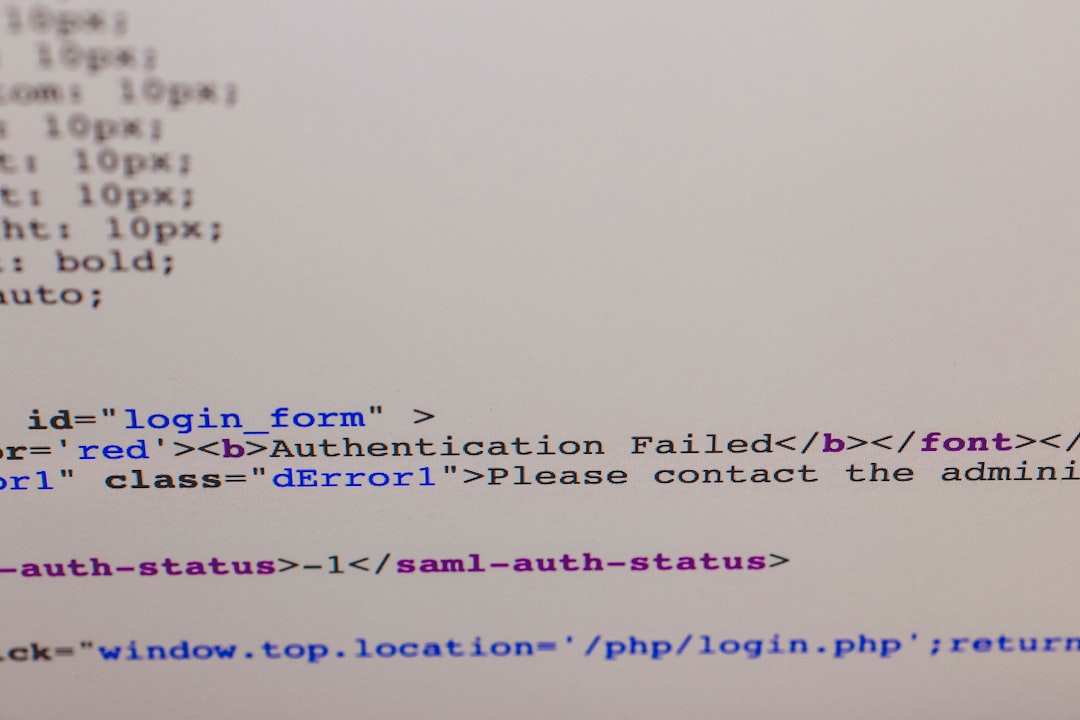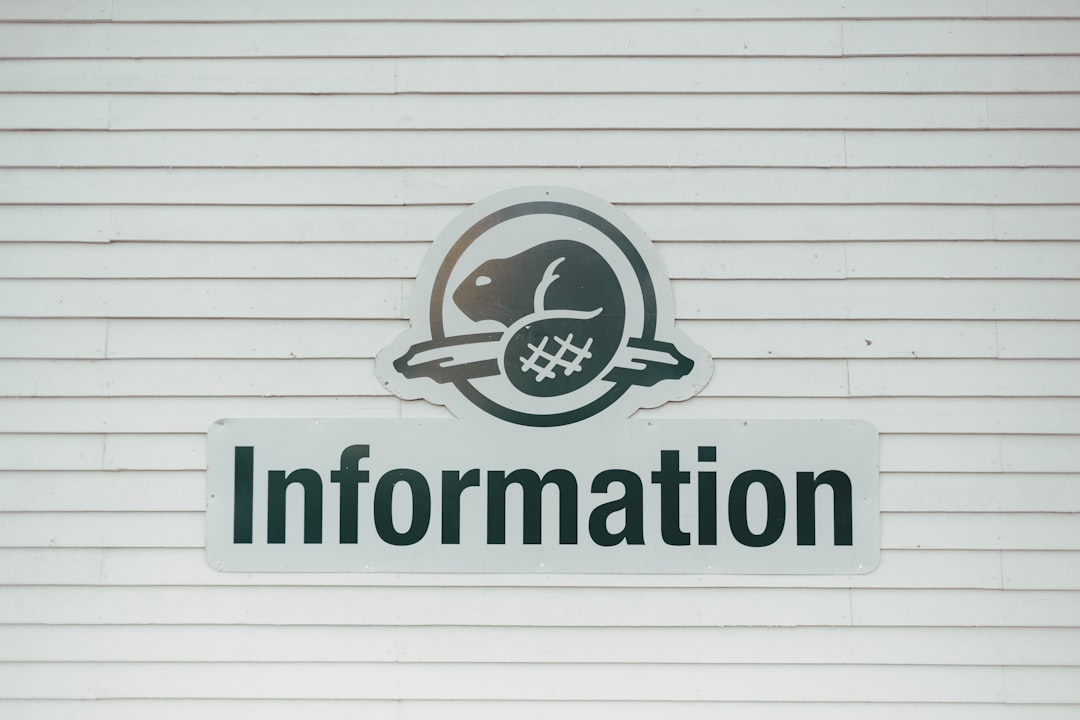You try to log in to WordPress like you always do. But today, something goes wrong. Instead of your dashboard, you see an error. Or worse—nothing at all!
Don’t panic. We’ve all been there. The good news? There are simple ways to get your access back. This guide will walk you through them, step by step. No fancy jargon. Just clear, fun instructions you can follow.
Contents of Post
Step 1: Check If It’s Really Down
Before you dive into the code jungle, let’s make sure it’s not a small issue.
- Clear your browser cache – Sometimes your browser holds on to old data. Give it a refresh!
- Try a different browser – Chrome acting up? Switch to Firefox or Safari and try again.
- Disable browser extensions – That ad blocker might be TOO good.
- Use incognito mode – This runs a clean browser session. No cookies, no cached problems.
Still stuck? Okay, time to get technical. A little adventure never hurt anyone.
Step 2: Deactivate Plugins
Plugins are cool. Until one breaks your site.
If a plugin is causing the problem, you won’t be able to access the dashboard to deactivate it. So let’s disable them manually!
- Open your hosting control panel (usually cPanel).
- Go to the File Manager and locate your WordPress installation.
- Navigate to
wp-content. - Rename the
pluginsfolder to something likeplugins-temp.
This disables all plugins instantly.
Now try visiting yourwebsite.com/wp-admin. If it works, one of your plugins is the villain!
Rename the folder back to plugins, then open it and rename each individual plugin’s folder one at a time to find the troublemaker.

Step 3: Switch to a Default Theme
The theme you’re using might be broken or outdated. Here’s how to test it:
- Go back to your File Manager.
- Navigate to
wp-content/themes. - Rename your current theme’s folder.
- Make sure there’s a default theme like
twentytwentyfourin the folder.
WordPress should default to one of the standard themes. Try logging in again.
Still no luck? Let’s go deeper into the rabbit hole.
Step 4: Reset .htaccess File
This little file can create big problems if it’s corrupted.
Here’s how to reset it:
- Open
File Managerand locate your site’s root folder (usuallypublic_html). - Find the
.htaccessfile and rename it to.htaccess-old. - Try logging into your
wp-admin.
If it works, the problem was in that file.
To generate a fresh .htaccess file:
- Log into your admin dashboard (if you can now).
- Go to Settings > Permalinks.
- Click Save Changes without modifying anything. A new
.htaccesswill be created.
Step 5: Check File Permissions
Sometimes the server locks you out because of the wrong file permissions.
Make sure permissions are set correctly:
- Folders:
755 - Files:
644
You can check this in the File Manager or using an FTP client like FileZilla.
Mistyped permission settings can go unnoticed, but they’re often the silent culprit. Fix them—then try again!

Step 6: Create a New Admin User
If your login issue is related to your user account, it might be time to create a new admin.
You’ll need to access your database via phpMyAdmin. Don’t worry, it’s easier than it sounds:
- Go to your hosting control panel and open phpMyAdmin.
- Select your database from the sidebar.
- Find and click on the table name ending in
_users. - Click Insert and create a new user.
Here’s some sample data you can use:
- User_login: newadmin
- User_pass: Use MD5 and enter a secure password
- User_nicename: New Admin
- User_email: your@email.com
- User_registered: Today’s date
- User_status: 0
- Display_name: New Admin
Once your user is added, go to the _usermeta table and assign admin privileges:
- Add rows with user_id that matches the new user.
- Set meta_key to
wp_capabilitiesand meta_value toa:1:{s:13:"administrator";b:1;}. - Add another row with meta_key
wp_user_leveland meta_value10.
Now try logging in with your new admin!
Step 7: Repair Your Database
If none of these steps work, your WordPress database might be damaged.
You can attempt a repair by adding this code to your wp-config.php file:
define('WP_ALLOW_REPAIR', true);
Then visit:
yourwebsite.com/wp-admin/maint/repair.php
Click “Repair Database” and let WordPress do its thing.
Important: Remove the repair line from wp-config.php once you’re done for security reasons!
Still Locked Out? Call for Reinforcements
Sometimes, even heroes need backup.
- Contact your hosting provider. They may see errors you can’t.
- Hire a WordPress expert. It might cost a little, but it can save your sanity.
- Reinstall WordPress manually. This is the nuclear option—only if nothing else works.
Prevent Future Lockouts
Let’s make sure this never happens again! Here’s how:
- Regular Backups: Use plugins like UpdraftPlus or Jetpack to back up your site often.
- Keep Plugins and Themes Updated: Avoid using outdated or unsupported themes and plugins.
- Security Plugins: Use WordFence or Sucuri to keep your site protected.
- Limit Login Attempts: Prevent bots from brute-forcing your login.
You’re back in control now. Feels good, right?
With the right steps, no wp-admin lockout can stop you. Bookmark this guide or print it out—just in case a rainy day comes again!

Now go on, log in, and keep creating magic with your WordPress site! 🎉
